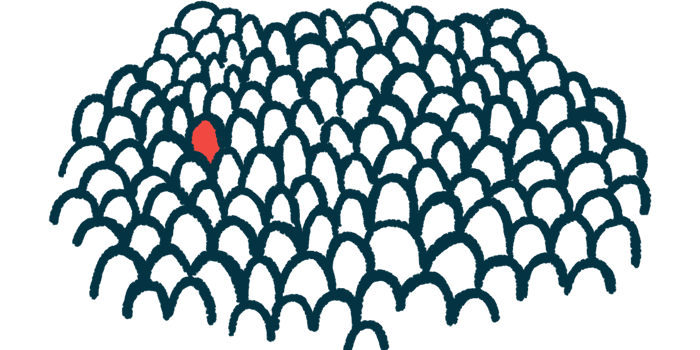Study calls for streamlined SMA treatment in Australia
More than half of patients surveyed haven’t noticed improvement
Written by |

Slightly more than half of spinal muscular atrophy (SMA) patients in Australia who gave feedback for a study on how well they thought their treatments worked did not notice any improvement. The researchers said the results suggest a need for better, more comprehensive healthcare.
More children than adults with SMA were followed by multidisciplinary care teams involving groups of different health specialists, the study found.
The findings highlight “potential challenges for the healthcare system in the provision of sustainable resource allocation and care planning, to provide equity of access and optimise health outcomes for all Australians living with SMA,” the researchers wrote.
The study, “A contemporary analysis of the Australian clinical and genetic landscape of spinal muscular atrophy: a registry based study,” was published in The Lancet Regional Health — Western Pacific.
New diagnostic tools and treatments for SMA have shifted the typical progression of the disease, offering better outcomes. Registries such as the Australian Neuromuscular Disease Registry (ANMDR) are “a critical tool to provide real-world data” on treatment in the “evolving paradigm of care,” the researchers wrote. “Within a publicly funded healthcare system, real-world data mined from registries will continue to be essential to interrogate new ways of implementation of health services so that equity of access to best practice is met for all individuals with SMA,” they wrote.
SMA treatment profiles
SMA is a genetic disease characterized by progressive muscle weakness and other symptoms. It is most commonly caused by mutations in the SMN1 gene, resulting in little or no SMN protein being made.
To gain insights into the clinical and genetic profiles of people with SMA in Australia, along with their treatment experiences and outcomes, the researchers drew on data from the ANMDR. The data came from 195 patients, of which five (2.6%) had died by April 2023.
Among the 190 living patients, more than half (54.7%) were children. The minimum prevalence of SMA in Australia was calculated at 0.73 per 100,000 people, providing a baseline understanding of how widespread the disease is.
As seen in other studies, the analysis found a significant relationship between the number of SMN2 gene copies and disease severity in patients with homozygous SMN1 deletions (homozyous mutations in both SMN1 copies), indicating that fewer SMN2 copies are linked to more severe forms of SMA.
Treatment intended to boost SMN protein levels was common, with 154 participants (81%) receiving some form of treatment. Among treated patients with questionnaire data on disease severity and progression, 65 (47.6%) reported perceived improvements according to the Patient/Parent Global Impression of Improvement scale, highlighting the positive impact of therapeutic interventions.
Ninety-three percent of children received multidisciplinary care, compared with 12% of adults, a contrast indicating potential gaps in healthcare access and support for adult patients.
“Despite diagnostic and therapeutic advances, mortality and the multi-systemic health impact of SMA continue to be experienced within the Australian population,” the researchers wrote. There remains a “considerable unmet need for multidisciplinary care” for both children and adults, and for “comprehensive healthcare provision to address their evolving needs,” they wrote.







